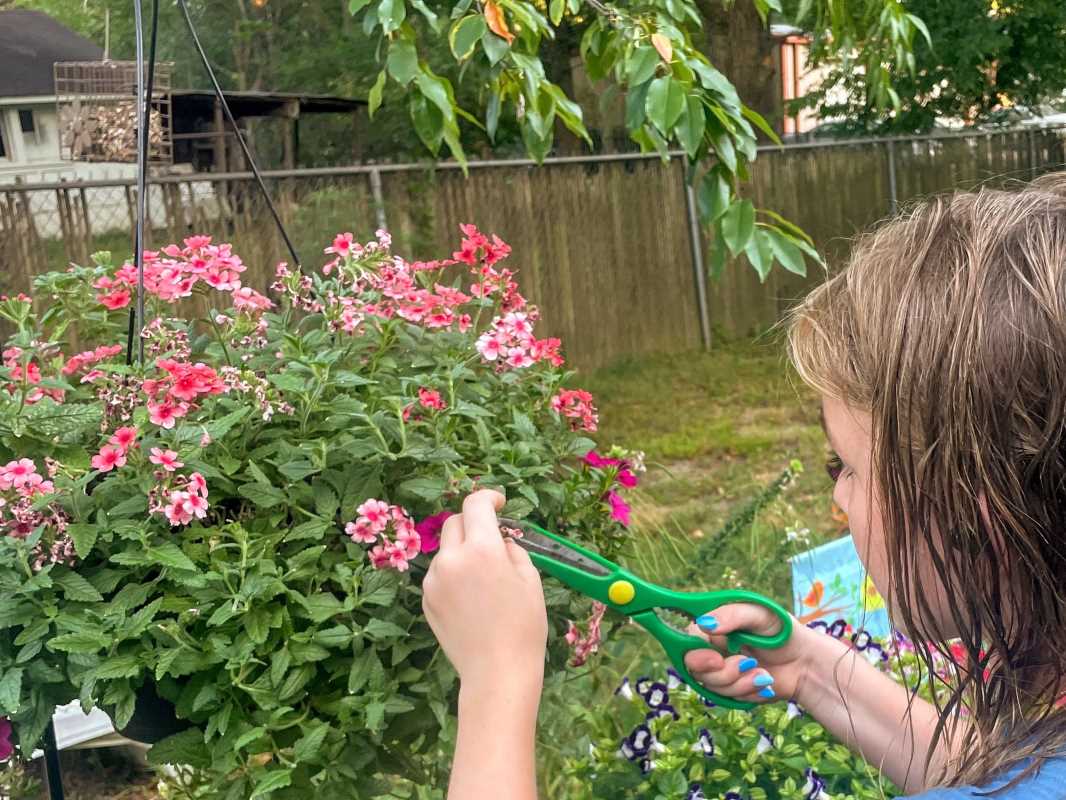Between grocery bills, unexpected expenses, and everyone’s unique needs, it might seem impossible to keep track of everything. Toss in kids who want the latest gadgets or snacks every time you shop, and you’ve got your hands full. But the good news is that making a family budget is doable. Even better, it can bring your entire household together in a way that helps everyone understand the value of money. By getting creative and involving your kids, you can turn budgeting into a family challenge rather than a chore. Here’s how to make it work for your unique situation—even if you have teenagers, toddlers, or kids in between.
Start With a Clear Snapshot of Your Finances
Knowing exactly how much you have coming in and going out is the first step to building a budget. Write down all your income sources and tally up your monthly earnings. Next, break down your expenses into categories like rent/mortgage, groceries, utilities, transportation, childcare, and entertainment. Be honest here. If your coffee runs or weekend takeout are a regular part of your spending, include them, too.
To make this process easier, use a budgeting app or a simple spreadsheet to track every penny. Apps like EveryDollar or YNAB (You Need A Budget) can quickly give you an overview of your finances while highlighting areas where you might be overspending. Once you’ve got the numbers in front of you, you can make a plan that feels realistic instead of restrictive.
Set Goals That Excite the Whole Family
A budget without a goal can feel like plain old restriction, and nobody likes that. Give everyone in the family a reason to buy into the process. Talk about what’s important to your household. It could be saving for a family vacation, upgrading that old TV, or creating a rainy-day fund for emergencies. Write these goals down and keep them somewhere visible, like the fridge or a bulletin board, to serve as a constant reminder of what you’re working toward.
For younger kids, something visual like a savings jar or chart can make the concept of saving fun and tangible. Older kids and teens might respond better to digital tools, like a savings tracker on their phones, to see progress in real time.
Create “Age-Appropriate” Budget Tasks
Getting everyone involved makes the budget more successful and teaches your kids lifelong money skills. Divide responsibilities based on your children’s ages.
- Young kids (3-6 years old): Little ones might not understand complex ideas like rent or savings, but they can start small by learning about choices. You could give them a few dollars to spend at the grocery store and let them decide between cereal or fruit snacks. This teaches them they can’t have everything all at once.
- School-aged kids (7-12 years old): By this age, kids can help with more hands-on tasks. They might clip coupons, look for sales online, or keep track of certain expenses, like how much is spent on family movie nights.
- Teens (13+ years old): Teenagers can handle more responsibility. Encourage them to help make bigger financial decisions, like budgeting for their clothing allowance or contributing ideas to cut down on unnecessary costs. They can even open their own savings accounts to learn how to manage money more independently.
Teaching age-appropriate financial lessons now sets your kids up for success in adulthood.
Build Some Fun Into the Budget
A strict budget with no wiggle room can cause burnout (and some serious grumbles at the dinner table). To keep things balanced, add a fun category to your budget. This might include family outings, treats, or even a special meal everyone enjoys. It’s all about creating a plan that feels manageable for the long haul.
You could allocate 5-10% of your monthly income to family treats. Make a game out of deciding how to spend it. Maybe one month it’s tickets to a local amusement park, and the next, it’s a special dessert night where everyone picks their favorite sweets. The key is to emphasize that budgeting doesn’t mean giving up every indulgence. It just means prioritizing.
Use Common Spending as a Teaching Moment
Instead of handling every financial task on your own, use everyday activities as teaching moments. Say you’re grocery shopping with your kids. Point out why one brand of cereal might be cheaper than another or explain the concept of buying in bulk to save money. If you’re paying a bill online, show your teen how late fees can stack up if payments aren’t made on time.
While these moments may seem small, they add up over time and give your kids real-world insights into managing money wisely.
Stick to Cash for Certain Expenses
Going cash-only for things like groceries or weekly allowances can be a game changer. It creates a physical limit to spending. Designate a set amount of cash for groceries each week. Once it’s gone, it’s gone, which forces everyone to make thoughtful choices about what’s essential versus what’s a “nice-to-have.”
This is an especially useful strategy for teenagers. Give them a certain amount of cash for their clothing or entertainment budget and encourage them to stretch it. This teaches them the real value of money in a way that swiping a card often doesn’t.
Handle Allowances With Intent
Giving your kids an allowance is a popular way to teach them money management, but doing it thoughtfully can take things to the next level. Instead of just handing over a set amount each week, tie allowances to chores or responsibilities.
A younger child could earn $5 a week to clean their room, while an older teen might receive $20 to babysit their siblings or mow the lawn. Encourage them to split their allowance into three categories: spend, save, and share (for donating). This method teaches them balance and responsibility.
Revisit and Adjust the Budget Together
Your family’s budgeting needs will change over time. Maybe your youngest just started school, cutting down on childcare costs. Or perhaps your teenager got their first job and now needs gas money. To keep your budget relevant, revisit it together every month or two.
Use this time to discuss what’s working, what isn’t, and whether any adjustments need to be made. Encourage everyone to share their input. This not only maintains buy-in from the whole family but also teaches adaptability and teamwork.
 (Image via
(Image via





